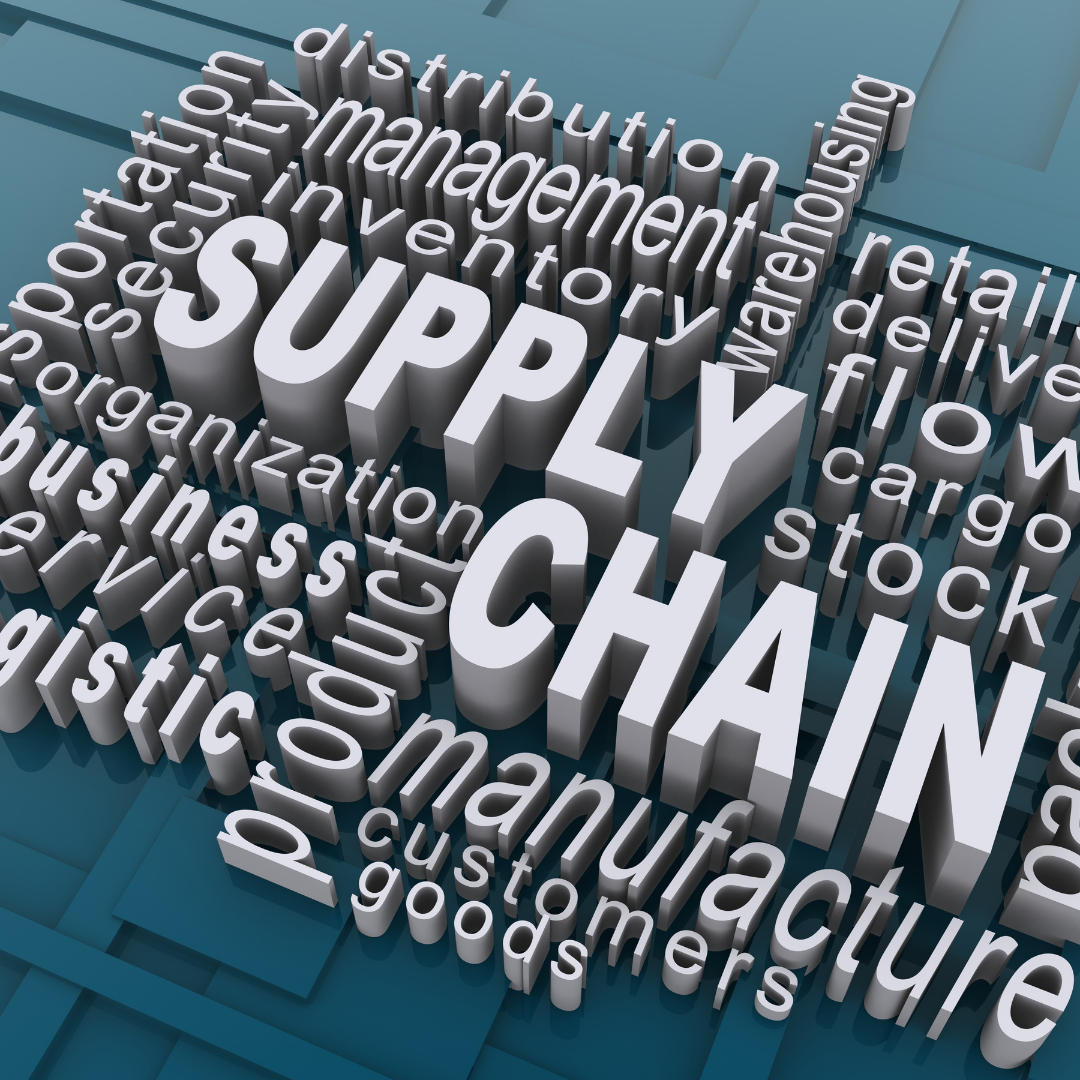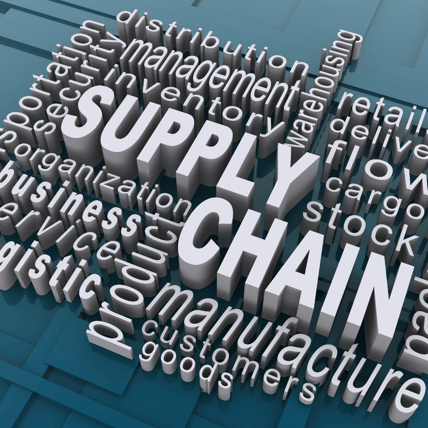
Circular Supply Chain
The Covid-19 crisis accelerated political forces that were already in play towards protectionism and isolationism, as societies scrambled to plug gaps in the normal functioning of global trade and restored shortages of key necessities. 
In order to both decarbonise and shorten supply chains, a fundamental shift in their structure is required – specifically, there must be a greater focus on circularity. Circular business models maintain and retain the value of resources and products to minimise waste and maximise their utility. This includes a range of actions that extend the useful life of products (such as re-conditioning and re-manufacturing); increase value from product use (such as sharing or service-based models); and recover value from products and materials – turning ‘end of life’ into ‘end of first cycle’.
The benefits of a circular approach include that it creates greater self-sufficiency while avoiding the cost lock-ins of merely replicating old, but familiar, supply chain models. It can also help avoid higher costs for consumers that are likely to come from shortened linear supply chains due to increased labour and capital costs in developed economies, has strong job creation opportunities across material and product loops that don’t currently exist and can deliver a diversification of revenue streams that are less reliant on the sale of products alone.
A report by the Ellen Macarthur foundation found that circular economy strategies could reduce ‘global CO2 emissions from key industry materials by 40% or 3.7 billion tonnes in 2050’. Since these strategies focus on reducing value losses in business models, they have cost-effectiveness at the core and offer a lower marginal abatement cost than comparable decarbonisation options.
By introducing circular models as part of their Covid-19 recovery, businesses can take control of their newly identified systemic risk exposure to transform in a way that is both sustainable and resilient. A significant barrier to circularity has previously been the sheer distance covered in many supply chains, meaning that potential beneficiaries were separated by oceans or continents. So, creating more circular business models should be easier if companies are at the same time shortening their supply chains.
Trime focuses on collaboration with its customers to develop sustainable and innovative solutions, the T-ZeroPro range includes solar, solar hybrid and battery only options within its range, with carbon reduction savings of over 86% compared to traditional lighting towers.







